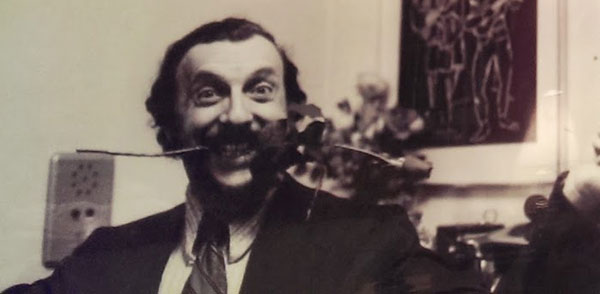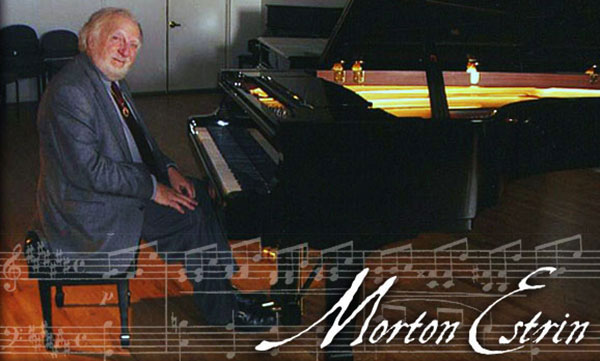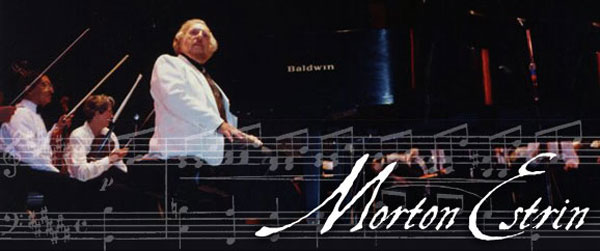So, are pianos from California really better? Often times, yes! The reason that used pianos from parts of California are generally in better condition is because of the stable climate.
You might hear about companies that climatize their pianos for certain regions and while this might sound like a good idea, this is not always possible. Let’s take California for example. There are a multitude of climates within different geographical areas. No two places are exactly the same. Right here, 10 miles from the beach, the climate is moderate year round. But there are dramatically different climates not far from here.
So what weather is best for pianos? Moderate humidity and a consistent temperature create the best environment for a piano. You don’t want them to go through drastic swings of cold and hot and you certainly don’t want your piano to have to endure extremely humid or dry environments.
California generally provides a gentle environment for pianos, but not everywhere. For example, I live about 10 miles from the beach and the weather is semi-arid and the temperature remains fairly consistent year round. Down by the beach the salt air can damage pianos in just a few years. Likewise, travel inland to the high desert not far away, and the dry climate can play havoc with soundboards and other wood parts of your piano.
In a gentle California climate a piano can reside in a home for decades without experiencing any damage to the soundboard, case or action particularly if it is kept closed most of the time and maintained on a regular basis. I have personally run across countless pianos from this region which can be well preserved gems. This is not possible in most other places in the United States – in New York a vintage piano can suffer soundboard and other damage from the wild swings from the humid summers to the dry heat of the winter – particularly pianos manufactured before the advent of air conditioning.
But beyond whether or not California is a good place for pianos the care you provide for your instrument is critical. You may be able to provide a suitable environment for a piano in any region as long as you keep it in a consistent environment. For example, you may live in a high rise in Chicago with climate control of temperate and humidity and have a great environment for your piano. People at the beach can try to mitigate the moist air by simply closing the piano at night and possibly installing a Dampp-Chaser System. This applies to pianos in the desert as well. Ideally you treat the room. When this isn’t possible, there are technologies that can help to stabilize your piano.
If you have any more questions about how to care for your piano please contact me directly Robert Estrin Robert@LivingPianos.com (949) 244-3729







